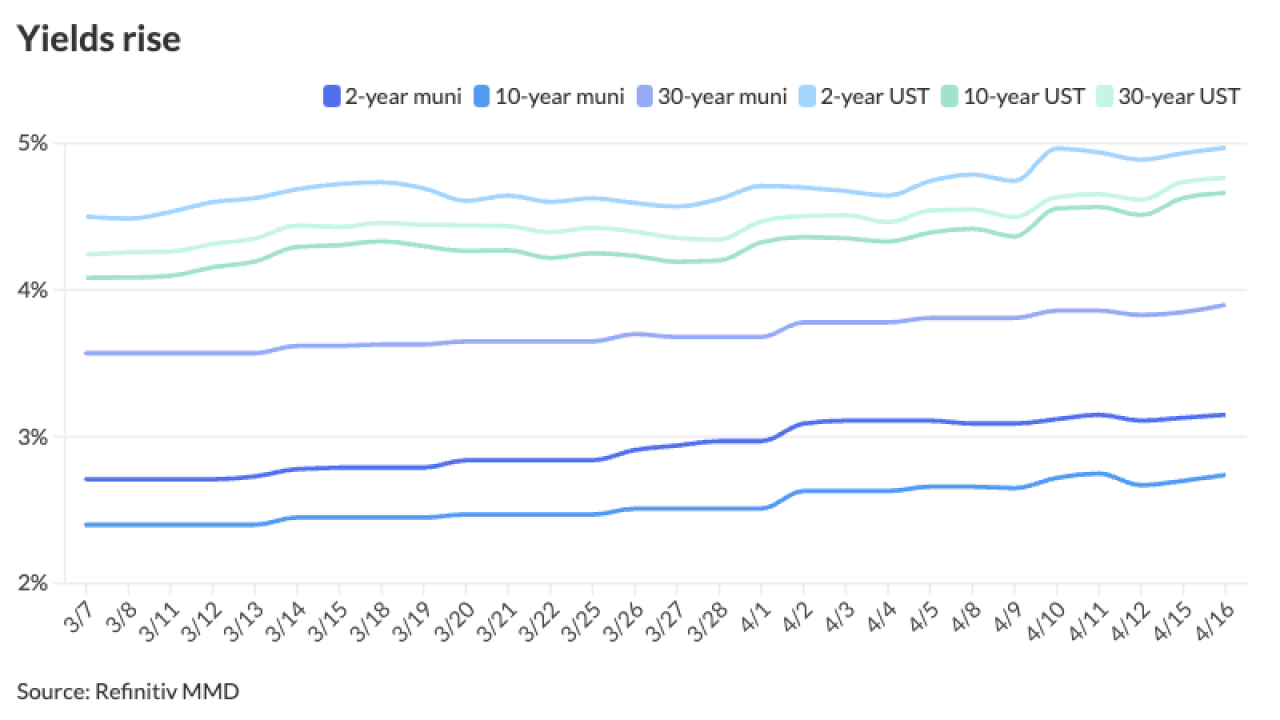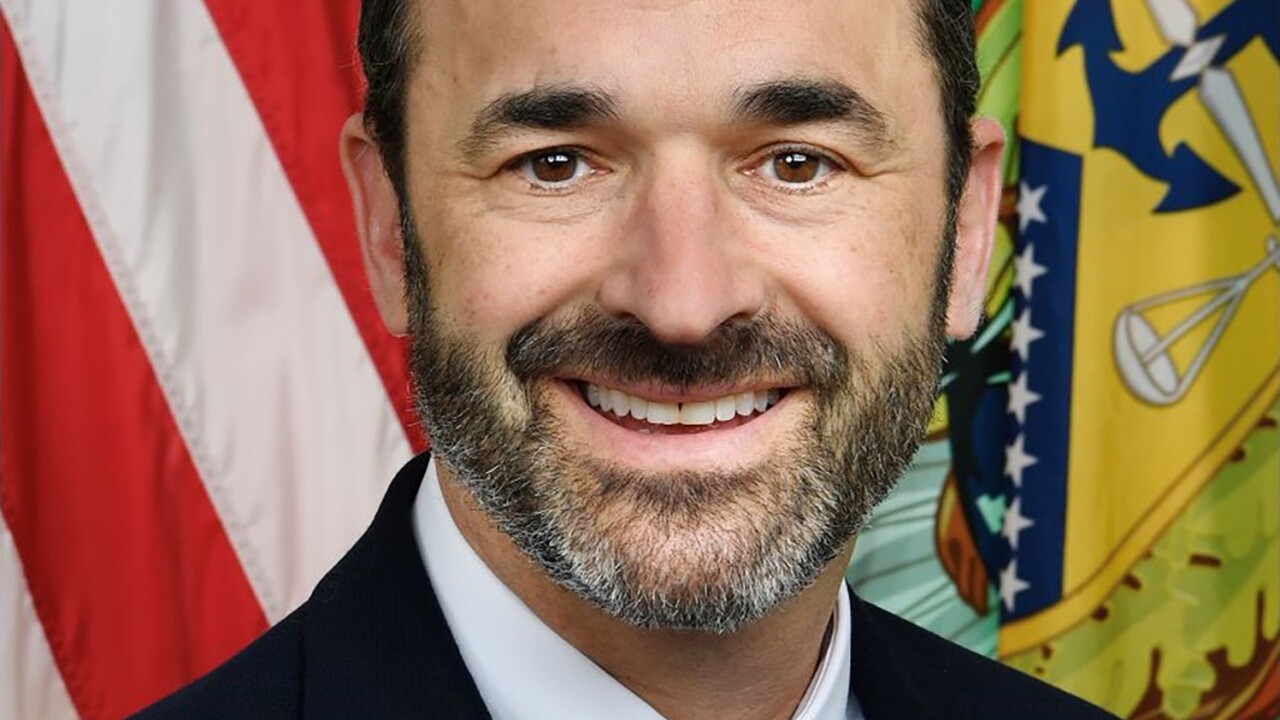
WASHINGTON — State treasurers need to explain to Congress how the Joint Committee on Taxation's estimated cost of the tax exemption for municipal bonds is problematic, a leading muni expert said.
"This is a battle we are losing. Congress continues to use the Joint Tax [Committee] numbers as written," George Friedlander, chief municipal strategist at Citi, said recently at the National Association of State Treasurers' legislative conference. If the muni market is unable to convince members of Congress that JCT's estimate is bad, when there is a major tax bill, the muni exemption will be on the list of offsets that could be used to help pay for lower tax rates or anything else that would reduce revenues, he said.
JCT last year projected that the tax exemption for public purpose state and local government bonds would cost $191.3 billion from fiscal years 2013 through 2017. JCT views the muni tax exemption as inefficient, with the wealthy benefiting from it.
Friedlander said he's been working on trying to simplify the arguments about why the way JCT projection is wrong.
"When a state or local official goes to see somebody on the Hill, a staffer or member of Congress, they will throw the Joint Tax [Committee] number at you," he told the treasurers. "And if you don't have at your fingertips a way of explaining why those numbers are wrong, you can't argue against their case for taxing munis."
Friedlander has four key "pillars" about why the JCT estimate is problematic, which he discussed at the conference and explained further to The Bond Buyer.
The first pillar is that JCT has a flawed assumption that the ratio between muni yields and corporate yields is determined by a buyer with a low tax rate.
In determining that the tax-exemption for munis is inefficient, JCT believes that, on a net basis, for each tax-exempt bond eliminated, there would be an investment in a taxable bond at a high tax rate. So, the yields on munis should be similar to, and only slightly higher than, the after-tax yields on similar corporate bonds.
Using this assumption, JCT believes that muni yields as a percentage of corporate bond yields are too high. This is because JCT believes that a person who would be indifferent to buying a muni or a corporate bond, or a "marginal buyer," would have a relatively low tax rate, and anyone whose tax rate is higher than that marginal rate is therefore getting a windfall from holding munis.
But Friedlander said that the muni yields are not in fact determined simply by the after-tax yield on corporate bonds. He said investors could look to a range of alternative investments — including stocks, which are taxed at a capital gains rate that is lower than the full tax rate. As a result, muni yields will be higher than the after-tax yields on corporate bonds because muni issuers have to compete with other low-tax options to attract investors.
The second pillar is that the JCT, in a 2012 report, compared muni and corporate indexes that are not equivalent.
The JCT compared the yield on an index of triple-A rated corporates to the yield on The Bond Buyer index. The average credit rating on The Bond Buyer index is lower than triple-A, and this index has higher yields than what the market pays on even single-A paper. The yield at the 20-year spot on the MMD triple-A yield curve is about 100 to 110 basis points lower than the yield from the Bond Buyer index, according to Friedlander. Therefore, the ratio of muni yields to corporate bond yields is actually lower than the JCT thinks it is. This would mean that the tax rate of the marginal buyer would be higher, and the tax-exemption would be perceived as less inefficient.
A third pillar is that munis and index-eligible corporate bonds have different characteristics from each other and are not identical in other ways besides their tax status.
For example, the typical muni is less liquid than index-eligible corporate bonds. Also, munis typically have an optional call at 10 years, while corporate bonds have a make-whole call, meaning that they can't be called in a way that would allow the issuer to benefit from declining rates. These factors push muni yields higher and contribute to the high ratio of muni yields to corporate yields, Friedlander said.
And the fourth pillar is that recent JCT analyses are problematic because they don't accurately reflect what's happening in the market.
One example of this is a February 2013 JCT report that estimates that the cost of the tax exemption for public purpose munis will increase by roughly 30% from fiscal years 2012 through 2017. However, this is unlikely because the muni market is not growing.
Another example of this is that JCT estimates that the federal government would save $8.3 billion over 10 years by eliminating the tax-exemption for new advance refunding bonds, as proposed in the tax reform plan of House Ways and Means Committee Chairman Dave Camp, R-Mich.
However, not many advance refunding bonds are currently being issued and there is unlikely to be a significant increase in them in the foreseeable future. Advance refundings are unlikely to be done because yields on short-term Treasuries are too low to make them worthwhile, and if the Treasury yields went up sharply enough to eliminate the negative arbitrage problem for issuers, muni yields would be too high for outstanding paper to be refundable, Friedlander said.





